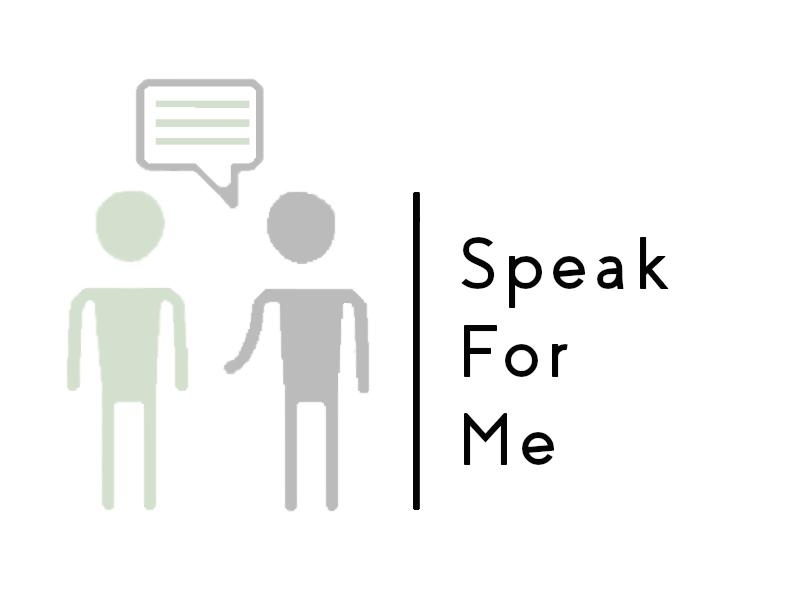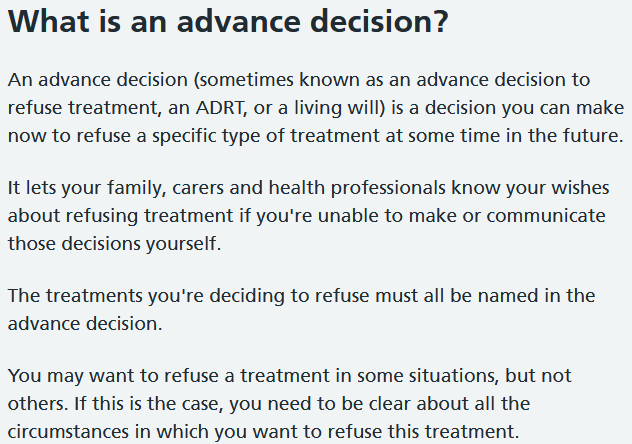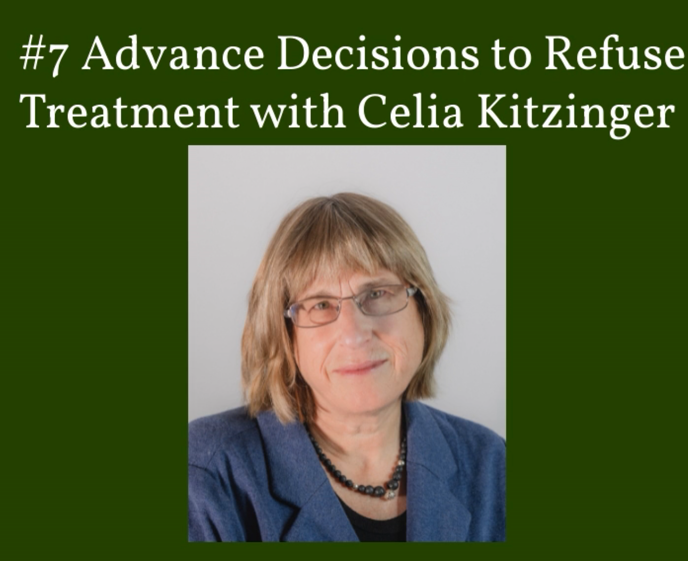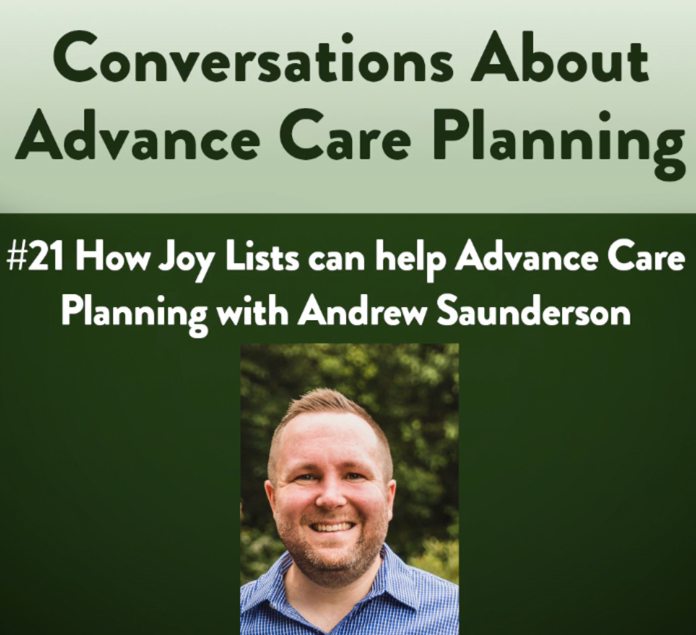Making my Advance Decision to Refuse Treatment
It has been on the to do list for some time now, something I wanted to do but needed to be sure I had the right detail – my Advance Decision to Refuse Treatment.
An Advance decision to Refuse Treatment, or ADRT, is a legal document which enables a person to refuse specific medical treatments in advance. In this blog I will describe what an ADRT is and how I went about making mine.
What is an Advance Decision to Refuse Treatment?
An Advance Decision to Refuse Treatment is a legal document which sets out specific treatments you may wish to refuse in the future. The NHS provides the following definition:
What must be included in an ADRT?
A properly written ADRT is a legal document. An ADRT is written correctly if:
· The person is over the age of 18 and has capacity
· The document is signed and witnessed
· It contains the statement “even if my life is at risk”
I am often asked about the difference between an ADRT and a Lasting Power of Attorney , you can read more about this in an earlier blog What is the difference between a Lasting Power of Attorney and an Advance Decision to Refuse Treatment?
There is no single template or form on which to complete an ADRT, you can find electronic and paper versions on the Compassion in Dying website.
As part of the podcast Conversations About Advance Care Planning podcast I had the honour of talking with Celia Kitzinger in March 2022. Celia spoke of her very personal family experiences and the process of making an ADRT; Celia shared some great points including:
· The frustrations of being unable to be a voice for her sister following Polly’s catastrophic brain injury, and how this provided a catalyst for Celia’s work.
· Despite knowing her sister Polly’s wishes, values and beliefs, without a legal document Celia and her family were unable to make the decisions they knew Polly would want.
· How an Advance Statement of Wishes can include information to support your family and those you love.
· Don’t delay, don't put this off.
I was interested to hear from Celia how important an Advance Statement if Wishes is as previously this is something I had only thought relevant towards the end of life; Celia helped me to understand the importance of Advance Statements when making an ADRT. In later discussions with Andrew Saunderson I learned more about how Joy Lists can be used to underpin Advance Statements and help Advance Care Planning.
A combined desire of organising my own Advance Care Planning and practising what I preach in proactive planning stated me on the road to creating my Advance Decision to Refuse Treatment.
How I made my ADRT
I started making my ADRT with procrastination, as I am sure is familiar to many people. It’s tricky thinking about the “what if?” situation and so much easier just to put it off. I know there are certain situations that would be intolerable to me, and that I would want a voice to protect my future self if I ever lost capacity; having control is important to me and making an ADRT felt one way of controlling my future if I ever couldn’t speak for myself.
I looked at different templates available and decided to create my own; as I am sometimes asked to help others draft their ADRTs it made sense to have a template to hand. I started by including my identifiable and personal details, a statement about what I would refuse and in which circumstance, and ensured the phrase “Even if my life is at risk” was included. On the following page I added an Advance Statement of Wishes, which included what is important to me and the things that bring me joy. The documents ends with who my attorneys are for my Health and Welfare Lasting Power of Attorney.
Once drafted I signed the document in the presence of a friend I have known since childhood.
The next step was then to share the document, for this I used eConsult to let my GP practice know I had an ADRT and to ask what they needed to ensure that it could be uploaded to my record and the electronic system. It was good to receive a return email the same day and a request to send a photo of the document. I’ve sent a photo and have to trust the system, and that my ADRT can now be accessed by relevant healthcare providers.
What next?
I’ve completed a will, LPAs for Health and Welfare and Property and Finance, clarified my wishes regarding Organ Donation, made a decent start a Digital Legacy and can now add a competed ADRT to my Advance Care Planning. Making plans ahead is a process rather than a single event, and planning ahead will look different depending on where you are in your stage of life. I recognise that there is specific Advance Care Planning for someone approaching the end of life and I will write about that in another blog. I feel comfortable with what I have done so far, but know that this is a process that I will return to and update throughout my life.
This blog has explained what an ADRT is and one way to go about making an ADRT. I hope that by describing and sharing my Advance Care Planning it helps to start conversations and normalise this important part of life.



